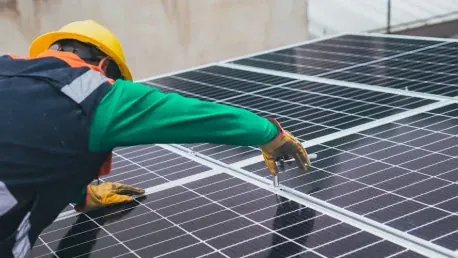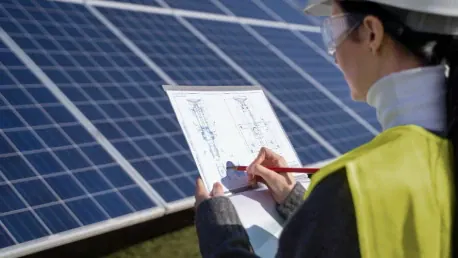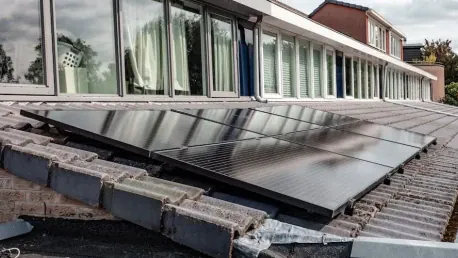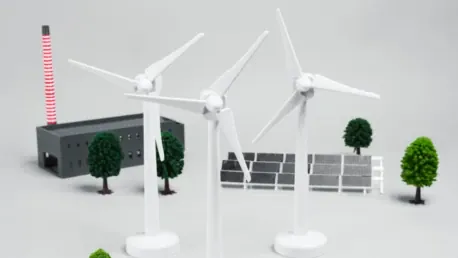
Indonesia is on the brink of a transformative journey towards achieving net zero emissions by 2060. This ambitious target, outlined in the IEA’s Energy Sector Roadmap to Net Zero Emissions in Indonesia, promises significant benefits for its citizens, including more secure and affordable energy

As the world grapples with the urgent need to transition to sustainable energy sources, the ambitious goal set at COP28 to triple renewable power capacity by 2030 marks a significant milestone in the global effort to combat climate change. According to the International Energy Agency (IEA), nations

In an unprecedented event, China's largest energy storage auction saw a dramatic and unexpected reduction in battery cell prices, positioning the nation as a frontrunner in renewable energy adoption and storage. This price plunge not only underscores China's commitment to green technologies but

In the quest for energy-efficient buildings, researchers in the Netherlands have developed groundbreaking solar windows that integrate reflective blinds. These advanced photovoltaic windows offer a dual functionality, transforming building facades into energy-generating surfaces while providing

South Africa is making significant strides in renewable energy through the awarding of eight solar photovoltaic (PV) projects and eight battery energy storage projects. These initiatives are part of the Renewable Energy Independent Power Producer Procurement Programme (REIPPPP) Bid Window 7 and the

In a world where renewable energy is rapidly gaining importance, Texas stands out as a leader, showcasing a remarkable transformation in its energy production landscape. As the state responsible for approximately 25% of the nation's overall energy production, Texas has long been a heavyweight in